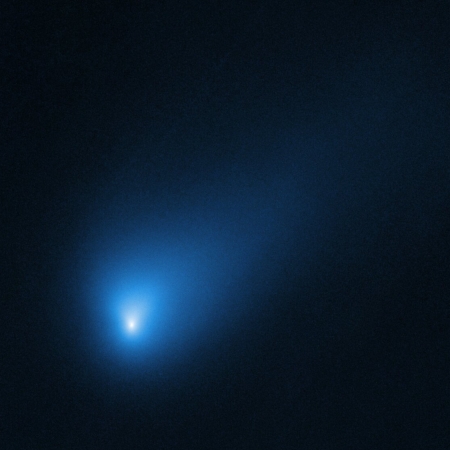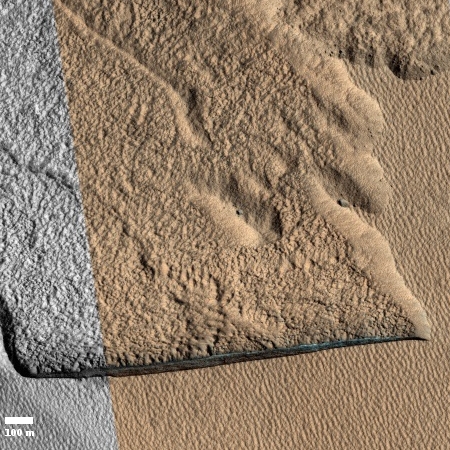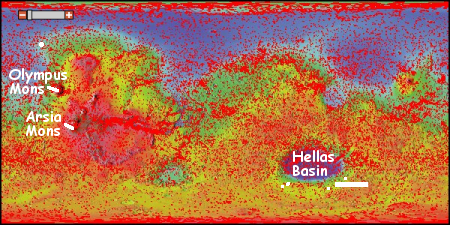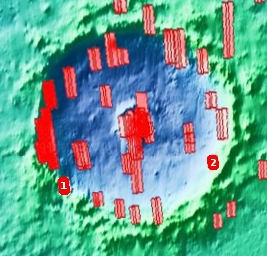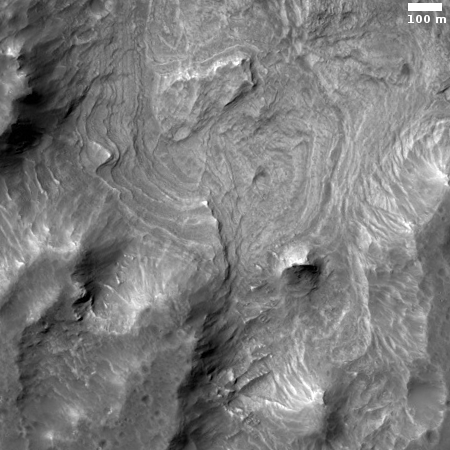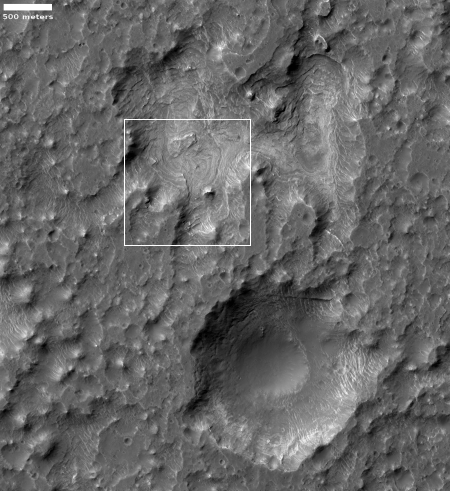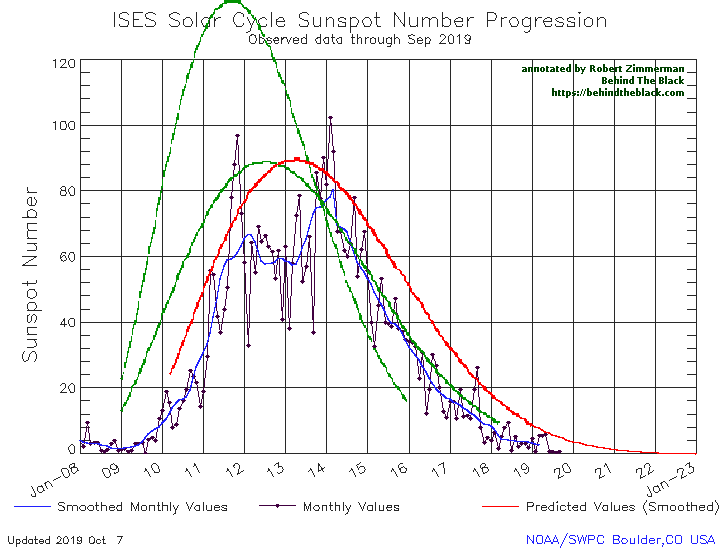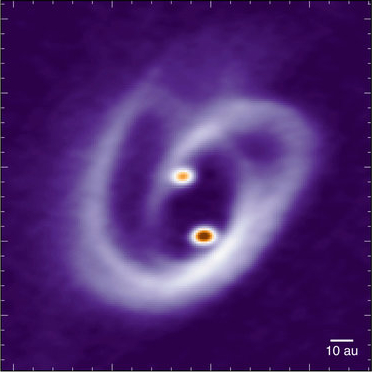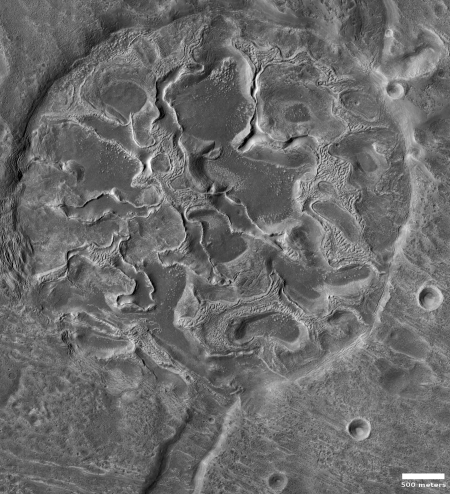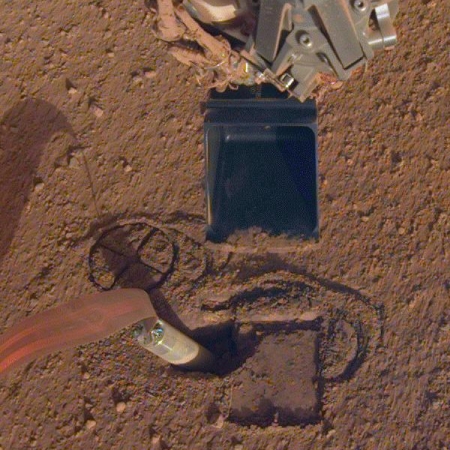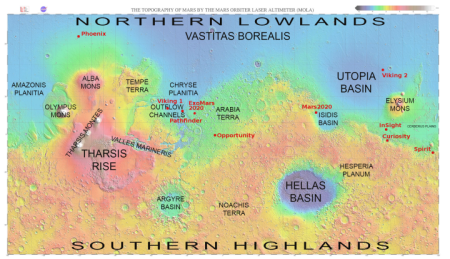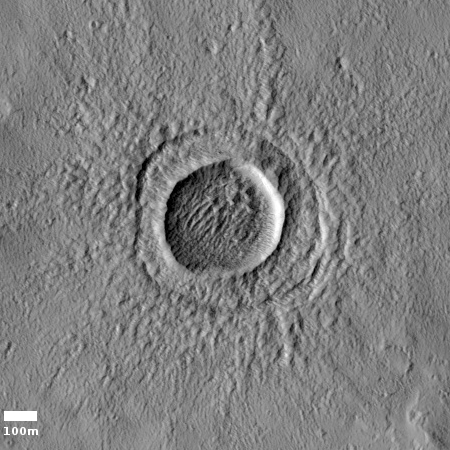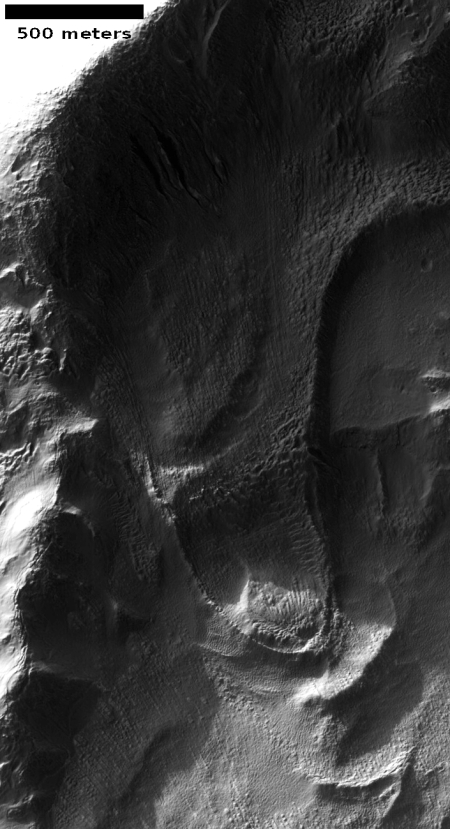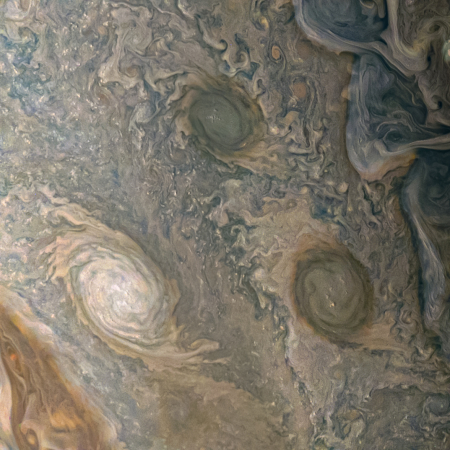Hubble snaps photo of Comet Borisov
Cool image time! Using the Hubble Space Telescope astronomers have snapped the best image so far of interstellar Comet Borisov. The image to the right, reduced and cropped to post here, is that photograph.
Comet 2I/Borisov is only the second such interstellar object known to have passed through our Solar System. In 2017, the first identified interstellar visitor, an object dubbed ‘Oumuamua, swung within 38 million kilometres of the Sun before racing out of the Solar System. “Whereas ‘Oumuamua looked like a bare rock, Borisov is really active, more like a normal comet. It’s a puzzle why these two are so different,” explained David Jewitt of UCLA, leader of the Hubble team who observed the comet.
The comet was 260 million miles away when Hubble took this picture.
Cool image time! Using the Hubble Space Telescope astronomers have snapped the best image so far of interstellar Comet Borisov. The image to the right, reduced and cropped to post here, is that photograph.
Comet 2I/Borisov is only the second such interstellar object known to have passed through our Solar System. In 2017, the first identified interstellar visitor, an object dubbed ‘Oumuamua, swung within 38 million kilometres of the Sun before racing out of the Solar System. “Whereas ‘Oumuamua looked like a bare rock, Borisov is really active, more like a normal comet. It’s a puzzle why these two are so different,” explained David Jewitt of UCLA, leader of the Hubble team who observed the comet.
The comet was 260 million miles away when Hubble took this picture.

